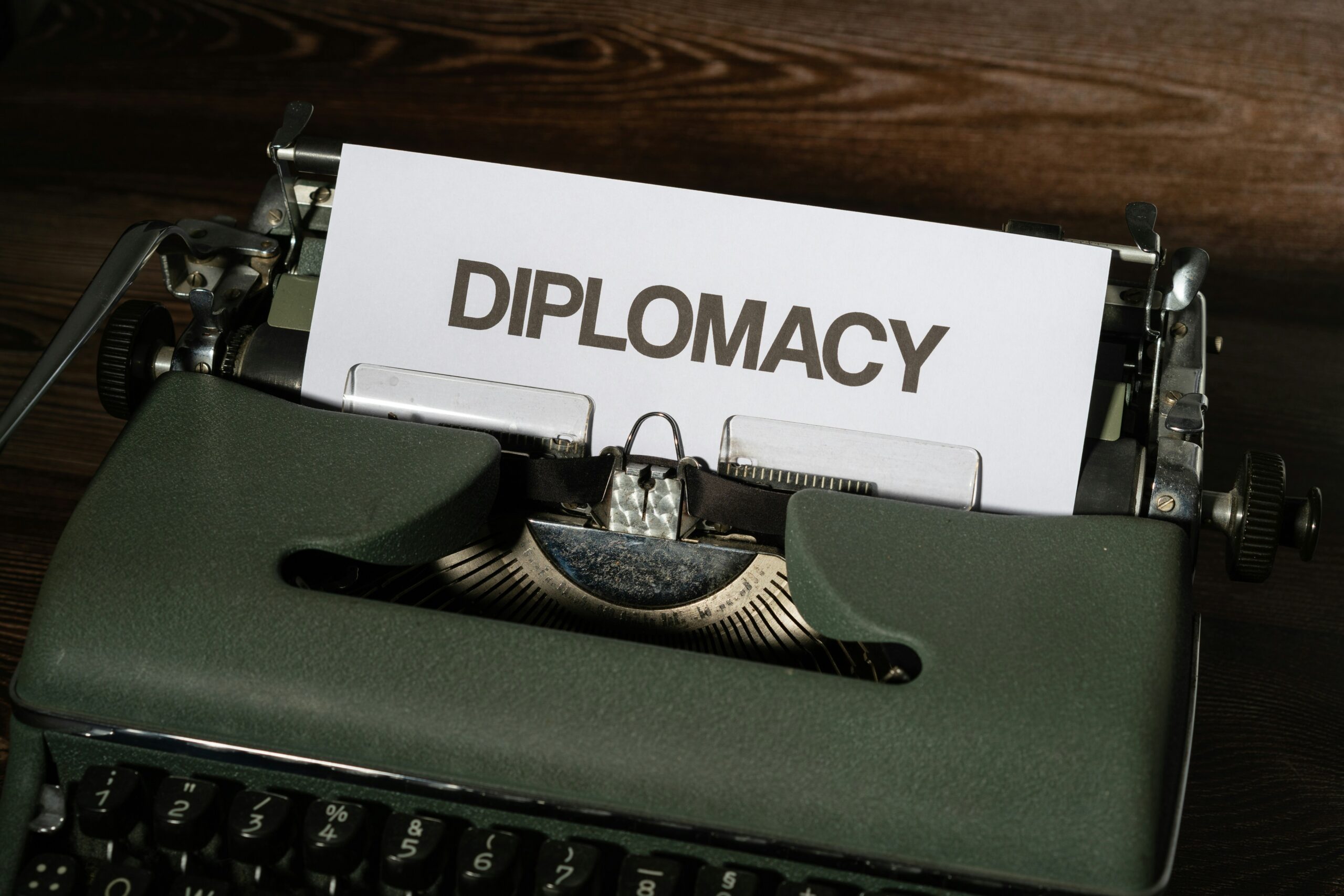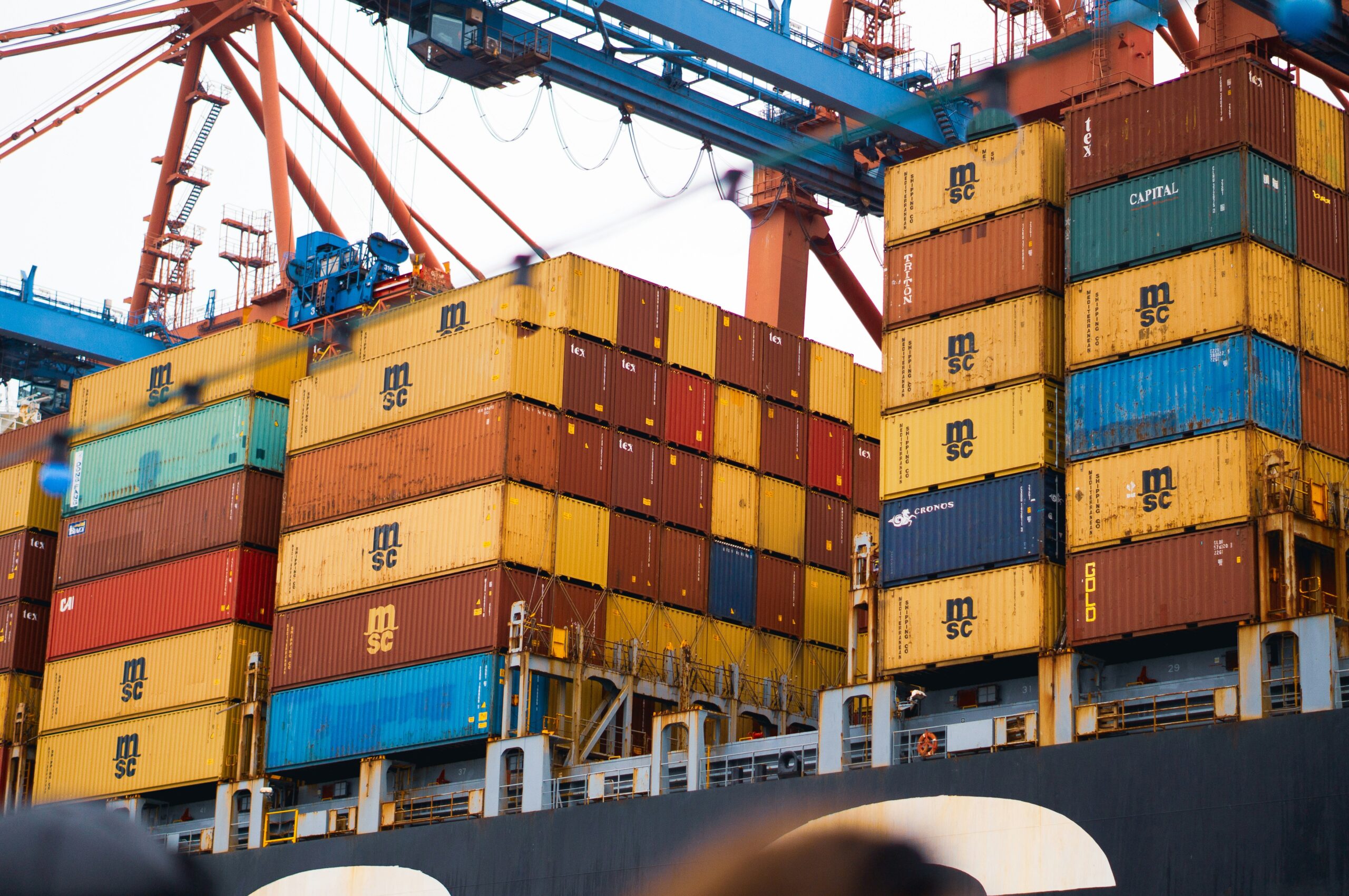The Marshall Islands are extremely open to international trade (126 percent of GDP, World Bank, latest data available). Customs duties are low, and there are few trade barriers in the country. The Marshall Islands, on the other hand, have very limited natural resources and, as a result, a small export base. Passenger and freight ships (primarily re-exports), seafood, and broadcasting equipment were the primary exports in 2019. Passenger and cargo ships, as well as gasoline, machinery, and equipment, were the top imports. Both imports and exports are likely to drop considerably in 2020 as a result of the COVID-19-led crisis (which caused a worldwide goods trade reduction of 5.6 percent – UNCTAD), however, official numbers are not yet available.

According to UNCTAD’s most recent data, Poland (30.9 percent), Denmark (20 percent), South Korea (14.5 percent), Indonesia (10.9 percent), and Cyprus are the country’s top export destinations (7.2 percent ). South Korea, Singapore, China, and Japan have historically been the key import partners. The country lacks proper infrastructure and airplane transportation, and it is geographically isolated from the region’s developed economies (e.g. Japan, Australia). The COFA Agreement governs trade policy, and the country benefits from duty-free access to the US market. It is also a member of the Pacific Island Countries Trade Agreement (PICTA) and the South Pacific Regional Trade and Economic Cooperation Agreement (SPARTECA).
The country imports in large quantities while exporting in little amounts, resulting in a massive trade deficit that has been growing in recent years. According to WTO data, the Marshall Islands exported USD 55 million worth of commodities in 2019, up 30.9 percent from the previous year, while imports fell 13.4 percent to USD 65 million, resulting in a USD 10 million trade deficit (from 23 million to one year earlier). The country’s foreign trade deficit has fluctuated around 40 percent of GDP in recent years, according to World Bank data.
US-Marshall Islands (rmi) Relations
The Trust Territory of the Pacific Islands (Trust Territory), which comprised the Republic of the Marshall Islands, was assigned to the United States by the United Nations in 1947. (RMI). In 1986, the United States and the Republic of the Marshall Islands signed a Free Association Compact. The RMI was a sovereign republic in free association with the US, according to the Compact. In 2004, the Amended Compact went into effect. There is no time limit on the Amended Compact.
The RMI receives economic and program aid from the US government under the Amended Compact. Until FY 2023, the US will contribute more than $80 million in annual aid, as well as a variety of government programs and services, including payments to a jointly managed trust fund. The aid provisions are designed to help the RMI achieve economic advancement and self-sufficiency. Grant aid is also available in six areas: 1) education, 2) health, 3) infrastructure, 4) public sector capacity building, 5) private sector development, and 6) environmental protection. The Department of the Interior is responsible for funding and administering these programs.
The US and RMI governments formed a Joint Economic Management and Financial Accountability Committee (JEMFAC), which is charged with reviewing the audits and reports required under the Compact, evaluating the RMI’s progress toward development goals, and recommending ways to improve the effectiveness of US Compact assistance, among other things.
The Compact and related subsidiary agreements cover a variety of federal programs and services, including those offered by the Federal Aviation Administration, the United States Postal Service, and others. In addition, other US federal agencies, such as the Department of Agriculture, the Department of Health and Human Services, and the Department of Education, conduct programs in the RMI under US legislation, demonstrating the strong legacy of trusteeship collaboration.



